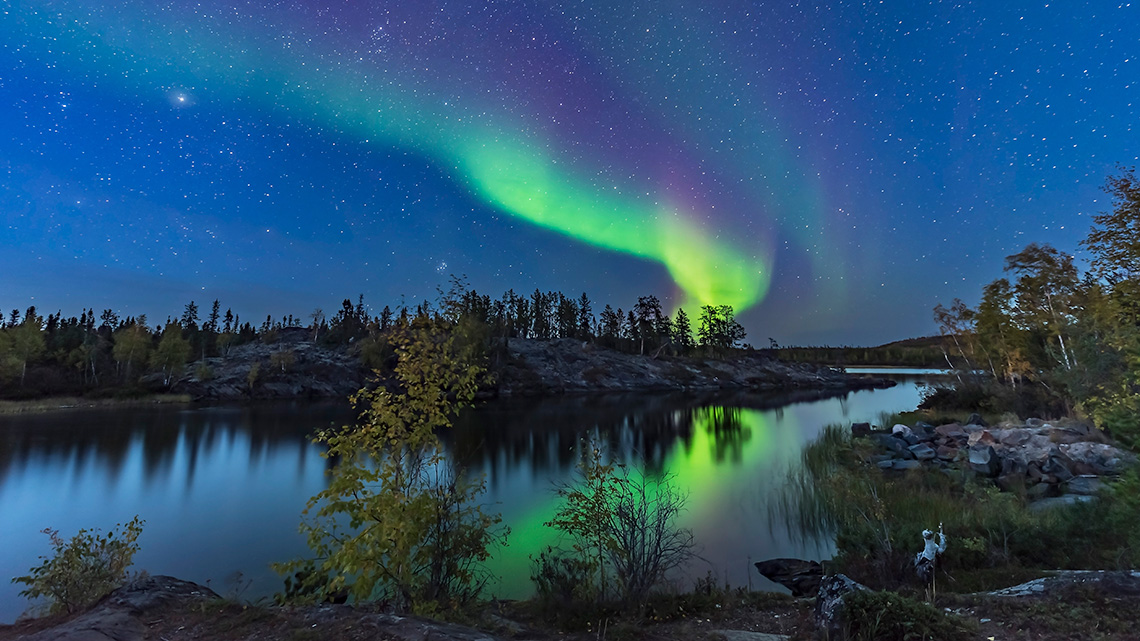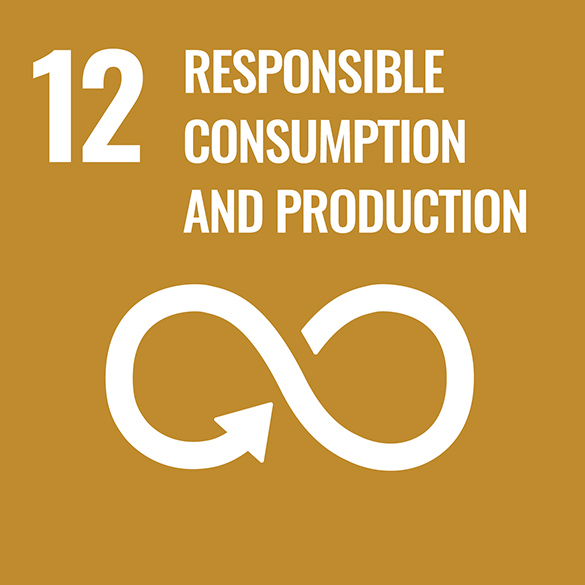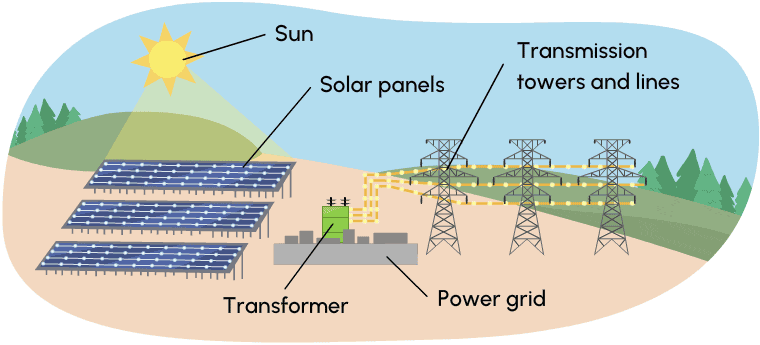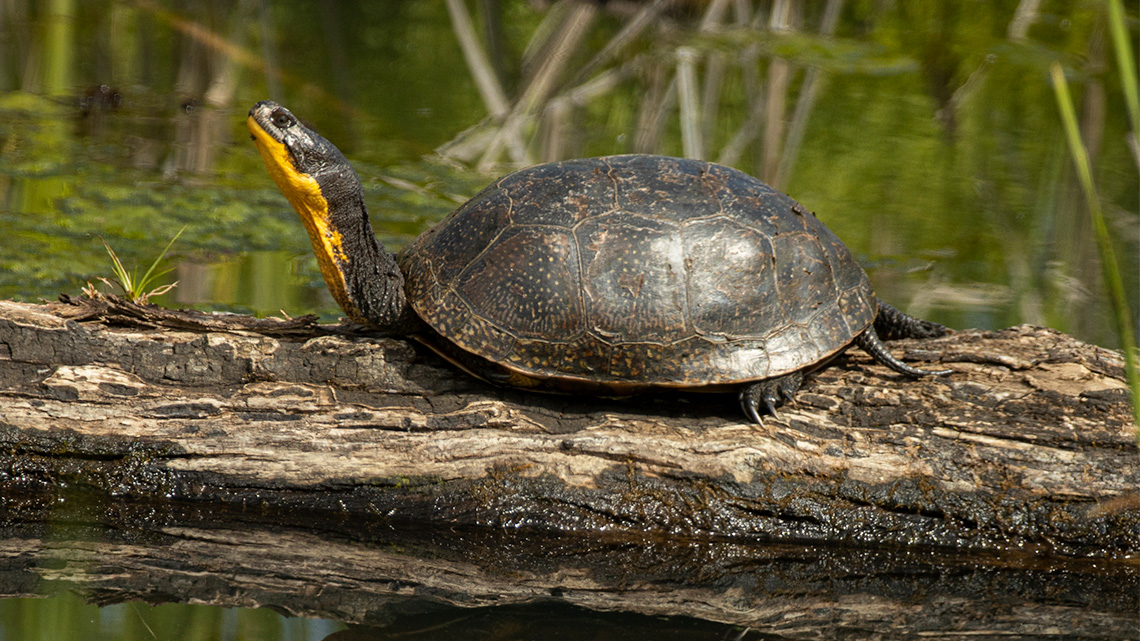Minds On
Relationship with land and water

Explore the following video of members of the Kitchenuhmaykoosib Inninuwug (K.I.) First Nation community as they share their perspectives and relationship to the land and water.
Consider how these perspectives help to respect and protect natural resources.
How does K.I. First Nation’s flag reflect the community’s relationship with land and water?
As the children in the community are brought up, what knowledge is passed onto them concerning their responsibility to the land and water? Why do you think these lessons important?
Consider your own relationship to the land and water. How might you describe it?
Record your ideas using a method of your choice. If possible, share with a partner.
Action
Conservation
In the Minds On, you explored a video with members of the Kitchenuhmaykoosib Inninuwug First Nation community.
The Kitchenuhmaykoosib Inninuwug First Nation has protected their land and water for generations and continue to share this knowledge that centres respect and responsibility with the next generation. The community members share that it is important to keep water sources clean, and respect and protect the land so that all life can thrive.
There are many unique cultures, languages and histories among First Nations, Inuit and Métis peoples, however what the many communities share is the understanding that we all depend on the land and water to live safely and well.
With these skills and knowledge of how to live on, and learn from the land, Indigenous communities were able to survive and thrive on their lands for as long as can be remembered.
The knowledge held by Indigenous communities is often referred to as “Indigenous Knowledge” or “Traditional Knowledge.” Indigenous Knowledge reflects the understandings that have come from generations of particular people living in a specific area. These knowledges about local environments are reflected in community practices, worldviews, laws, ceremonies, languages, and traditions which are specific to the community and passed on from generation to generation.
Indigenous communities protect and conserve the resources on land, air, and water. In doing so, many different communities act in ways that aim to be in balance with nature, taking only what is needed, and helping limit pollution and encourage biodiversity.
Biodiversity is all the life you will find in one area. It is the combination of:
- plants
- animals
- fungi
- microorganism (i.e., bacteria)
Each work together to create an ecosystem. In an ecosystem, everything is connected to create balance and help all life forms thrive. Indigenous Knowledge is grounded in the understanding that everything is interconnected and is a direct link to a sustainable present and future.
Sustainability is the idea that we need to live in our environment without using too much of the earth’s natural resources. We want to be able to use what we need and make sure that natural resources do not run out for future generations.
Global connection

The United Nations (UN) is a group of many countries from around the world that have come together to create a better future for people and the environment. They have created 17 goals called the Sustainable Development Goals.
This learning activity is connected to Goal #12: Responsible Consumption and Production. This means everyone should ensure sustainable consumption and production patterns. Sustainable consumption and production will ensure efficiency, economic growth, and help the environment.
Research opportunity
Check out this video to learn about the steps of the Scientific Research Process.
Keeping goal #12 in mind, let’s consider the following questions:
What are some of the specific examples of how Indigenous communities are leading in:
- conserving energy and limiting pollution
- protecting natural resources
- encouraging biodiversity
Investigate
Investigate
Use the following information in each section to answer the 3 questions:
What are some of the specific examples of how Indigenous communities are leading in:
- conserving energy and limiting pollution
- protecting natural resources
- encouraging biodiversity

The Awasis Solar Project is a solar farm which connects directly to Saskatchewan’s electricity grid to power homes using renewable energy
There are many Indigenous-led clean energy projects that are happening across Canada. One example is the Awasis Solar project.
The Awasis solar project is a partnership between the Cowessess First Nation and Elemental Energy. The solar project is located on Cowessess First Nation reserve land, southeast of Regina. Cowessess First Nation have been working on different renewable projects and have already created wind turbines, solar arrays and battery systems.

A solar farm is a large collection of photovoltaic (PV) solar panels that absorb energy from the sun, convert it into electricity and send that electricity to the power grid for distribution.
Utility-scale solar farms consist of hundreds of thousands of solar panels that absorb energy from the sun, generate an electric current, and distribute that power on high-voltage power lines.
The electricity travels along those power lines to the electricity grid. The Awasis solar project is connected to Saskatchewan’s electricity grid and can power approximately 2500 homes each year.
Over the course of 35 years, the solar farm aims to reduce greenhouse gas emissions by 350,000 tonnes. This is approximately the amount of greenhouse gas emissions that 70,000 cars would create in a year!
Indigenous Peoples in Canada and throughout the world have a rich knowledge of the science behind using plants and other natural materials as medicine. Over 400 different species of plants (as well as lichens, fungi and algae) have been identified to be used as medicine.
Some examples of the science and knowledge contained within Indigenous plant knowledge are:
- information on each plants
- which illnesses can be treated
- rules for harvesting and use
- processes to prepare each plant for use
In the next section, you will learn of an example of plant knowledge from an Anishinaabe teacher Joe Pitawanakwat from Wiikwemkoong Unceded Territory on Manitoulin Island, Ontario.
Anishinaabe means the “original person” and includes the Naakowe, Mississauga, Odishwaagaamii’ininiwag, Amikwaa, Boodiwaadmi, Ojibwe, and Odaawa Nations. Anishinaabeg is the plural form of Anishinaabe and refers to multiple people. Anishinaabemowin is the language of the Anishinaabe.Explore the following video to learn more about how one Anishinaabe teacher is sharing Indigenous Knowledge on the healing properties of certain species of plants.
What did you learn about the Anishinaabemowin plant gaawaakmish?
How might it help someone to understand a plant’s identity and purpose through lessons by Anishinaabe teachers like Joe Pitawanakwat? How might this help inspire others to preserve and protect plant diversity in their commmunities?
By learning to identify and understand the plants and their natural ability to heal and protect, humans will, in turn, be better able to heal and protect plants for future generations.
Studies all around the world have shown that when Indigenous communities lead conservation, it is better for the environment, plants, animals, and people.
They are finally being supported by the federal government in the Indigenous Protected and Conserved Areas model (IPCA).
The International Union for Conservation of Nature started IPCAs as part of a global project to help and protect biodiversity and protect the rights of Indigenous peoples around the world.
IPCAs are places where Indigenous communities lead in the protection and care of the land using Indigenous laws, understandings, and knowledges.
In Canada, Shawanaga First Nation created an IPCA on Shawanaga Island. The First Nation has a species-at-risk research program that is identifying and supporting such species as the Massasauga rattlesnake and the Blanding’s turtle.

Blanding turtles have nesting areas along the shore, and if there is human development in those areas it can destroy their nests. During the 2021 summer season, the Shawanaga First Nations team collected turtle eggs laid near the road, incubated them, and then later released the hatchlings back into the wetlands.
Canada is also funding (providing support) to other Indigenous Nations to create IPCAs including Moose Cree First Nation, Kitchenuhmaykoosib Inninuwug First Nation, and Grassy Narrows First Nation.
Complete the Research Graphic Organizer in your notebook or using the following fillable and printable document. If you would like, you can use speech-to-text or audio recording tools to record your thoughts.
|
Question: What are some of the specific examples of how Indigenous communities are leading in: |
|
| Examples | Important Information |
| conserving energy and limiting pollution | |
| protecting natural resources | |
| encouraging biodiversity | |
Press the ‘Activity’ button to access the Research Graphic Organizer
Consider your research on examples of Indigenous community leadership in the areas of energy conservation, protecting natural resources and encouraging biodiversity.
- Do you have any follow-up questions about any of the examples researched?
- Which area would you like to learn more about?
Share your thoughts with a partner, if possible.
Consolidation
Let’s reflect!

Consider what you have learned about Indigenous traditional knowledge, relationships to the land and water and your research on Indigenous-led conservation.
- Is there anything that you have learned that inspired you?
- Is there anything that you learned that surprised you?
- How might you take your learning and apply it to your own relationship to the land and water?
Record your answers using a method of your choice. If possible, share your thoughts with a partner.
Learning check
For each sentence, select the missing word from the drop-down menu.
I feel…
Now, record your ideas using a voice recorder, speech-to-text, or writing tool.